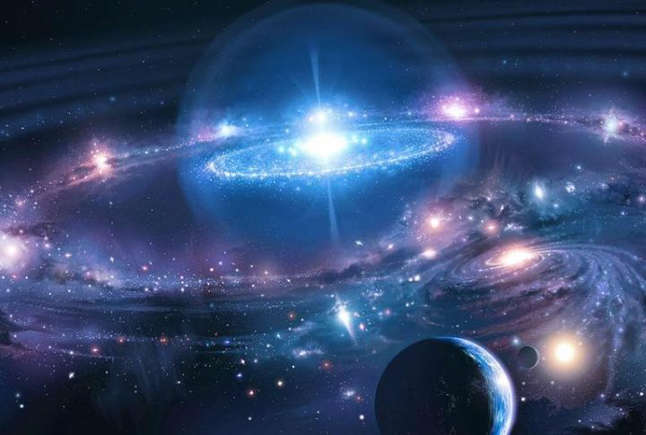
How Science Suggests God May Have Created the Universe
Story by Johann Hunt
The quest to understand the universe often parallels science and faith in their debate. Yet, what if science holds clues pointing toward a divine creator? Find out the three ways science has hinted at the existence of an intelligent hand behind the creation of the universe.
Scientists have made a mind-boggling discovery: the universe is like a finely tuned machine, with all its parts intricately working together to make life possible. This revelation suggests that a creator is intentionally involved in this balance. But that’s not all.
There are four main forces in nature: gravity, electromagnetic forces, and two types of nuclear forces. These forces must be balanced, just like ingredients in a perfect recipe. If gravity were even slightly stronger or weaker, the formation of stars like our sun and, consequently, the existence of life would be impossible. This delicate balance further suggests a creator’s intentional design of the universe.
Earth rotates at the right speed to give us day and night, and it’s tilted at just the right angle to provide seasons. Astronomers call this the ‘Goldilocks zone’—it’s just right for liquid water to exist, which is essential for life. It’s almost as if someone meticulously adjusted everything to make it perfect for humans to thrive.
The atmosphere is another marvel. There is enough oxygen to breathe, but not so much that everything would catch fire easily. And there’s plenty of nitrogen to balance things out. Looking at all these factors is like a cosmic miracle, where countless factors have aligned perfectly to allow life to flourish.
As a result of the precise balance and calibration of the universe, life points to an external intelligent or creator. However, skeptics propose the alternative multiverse theory, suggesting the universe is only one of many, and we simply exist in one capable of supporting life. The problem with that?
We can’t observe other universes, so designing experiments that could definitively prove or disprove the multiverse theory is difficult. The theory also doesn’t solve the fine-tuning problem; it merely pushes it back a level and then begs the question: What fine-tuned the multiverse generator itself?
This discovery shook up human understanding of the universe in a big way. And it started with one man’s mistake. Albert Einstein, arguably the most famous scientist ever, initially thought the universe was static like a frozen snapshot. He even added a constant to his equations to keep it that way. But then along came Georges Lemaître.
Georges was a Belgian priest and astronomer who questioned Einstein’s stance. Edwin Hubble backed up his findings with more evidence that distant galaxies were zooming farther away, which caught Einstein’s attention.
Then, in 1931, Einstein visited Hubble at Mount Wilson Observatory in California. When he saw and reviewed Hubble’s data on galaxies’ redshifts, he reportedly admitted that sticking to the idea of a static universe was his “biggest blunder.”
Hubble’s discovery lent strong support to the Big Bang Theory, suggesting a finite beginning to the universe and resonates with the concept of a Creator. If the universe is expanding outwards, it means it started from a point, a “birth moment,” which raises all sorts of intriguing questions about what caused it and why it seems so finely tuned for life to exist.
At the heart of molecular biology lies the discovery of DNA, which carries the genetic instructions for all living organisms. The structure of DNA reveals a complexity and information density that is often compared to computer code, leading to discussions about the origins of this information.
In 1953, two scientists named James Watson and Francis Crick figured out what DNA looks like. It is composed of two long strands of nucleotides twisted around each other. These strands are held together by base pairs to form a code that specifies the amino acid sequences of proteins, the life builders.
The complexity and specificity of genetic information in DNA is truly staggering. Unlike random sequences, the genetic code exhibits a high degree of order and functionality, akin to a computer program written by a skilled programmer. This level of complexity attests to the intelligence behind its design.
READ MORE FROM FOR A FREE AMERICA
Bill Gates once remarked that DNA is a computer program that is far more advanced than any software. His comparison highlights that DNA’s complexity surpasses even the most advanced human-designed systems, suggesting that such complexity might arise from an intelligent source rather than random processes.
DNA’s precise coding and functionality are too sophisticated to have arisen purely by chance or through undirected evolutionary processes. The view suggests that the existence of DNA could be evidence of a higher intelligence, creator, and God.

Comments (0)